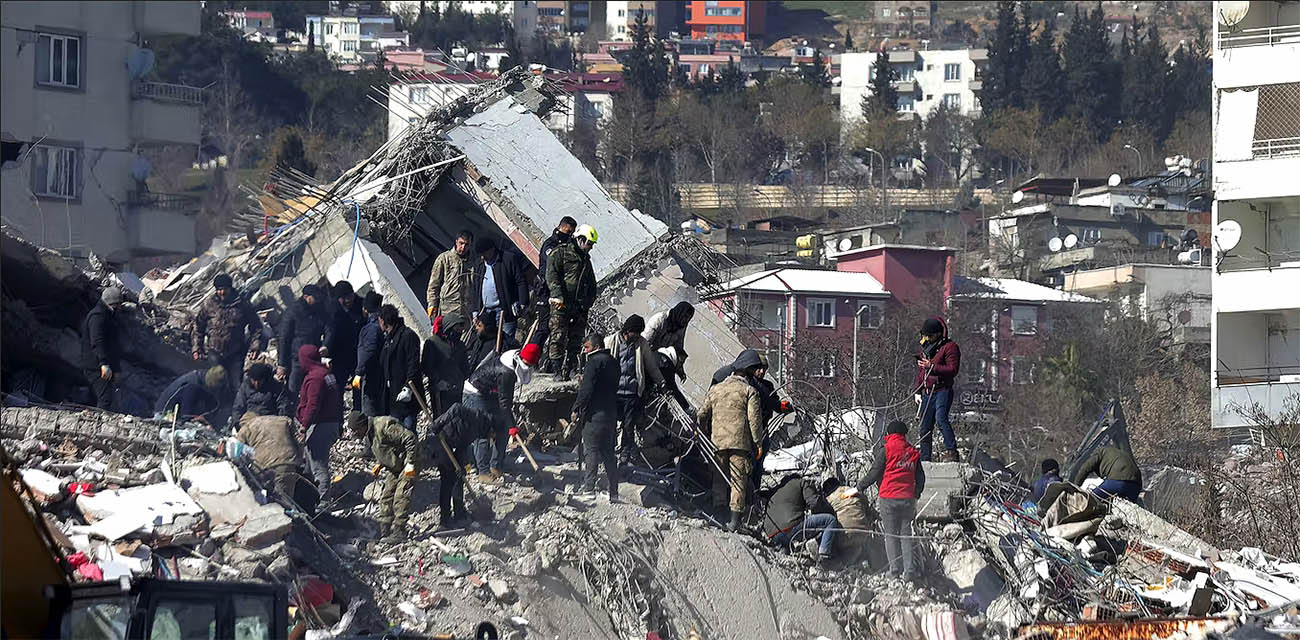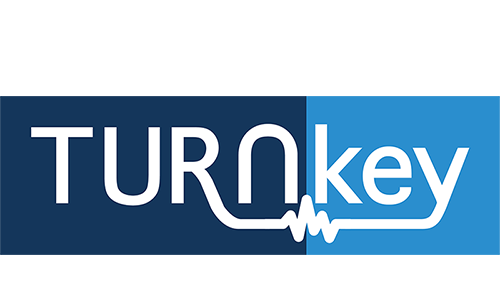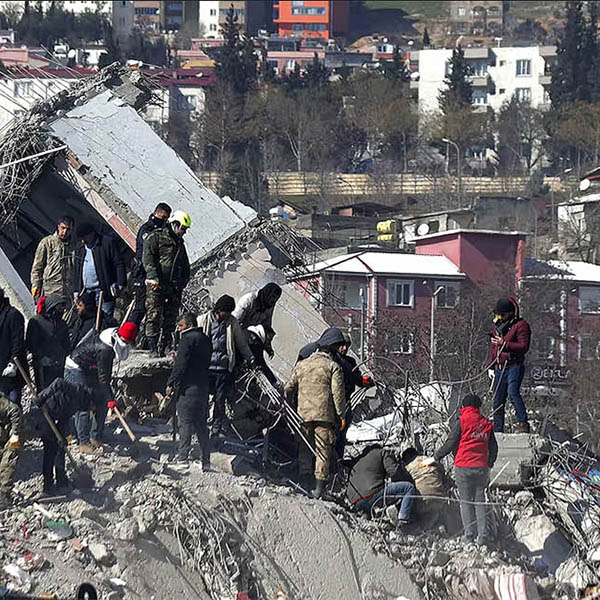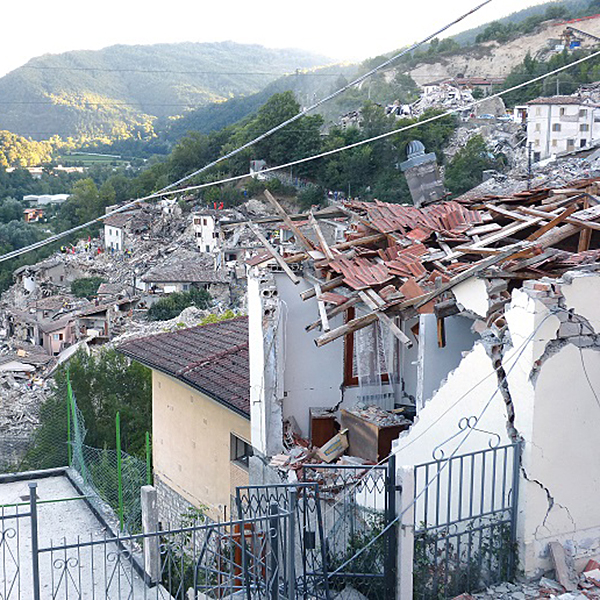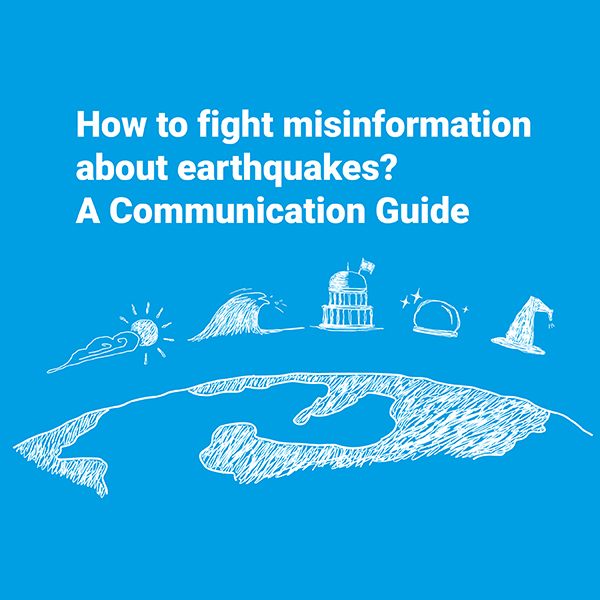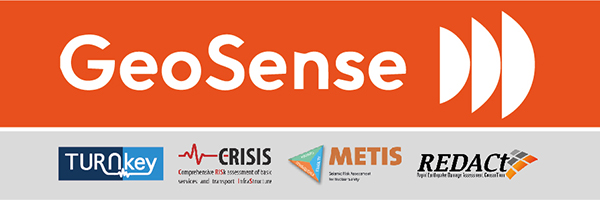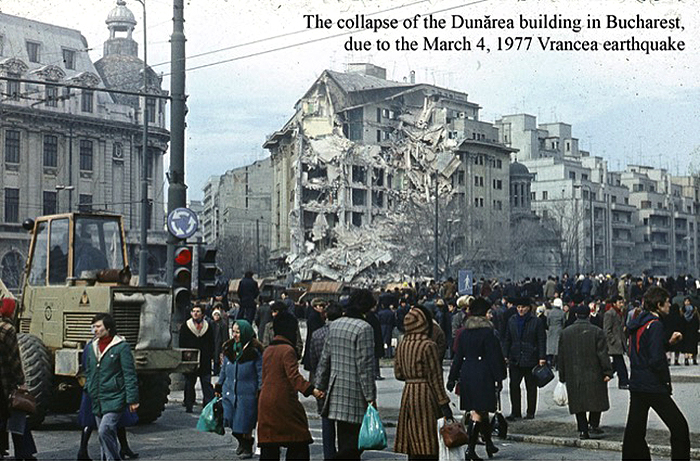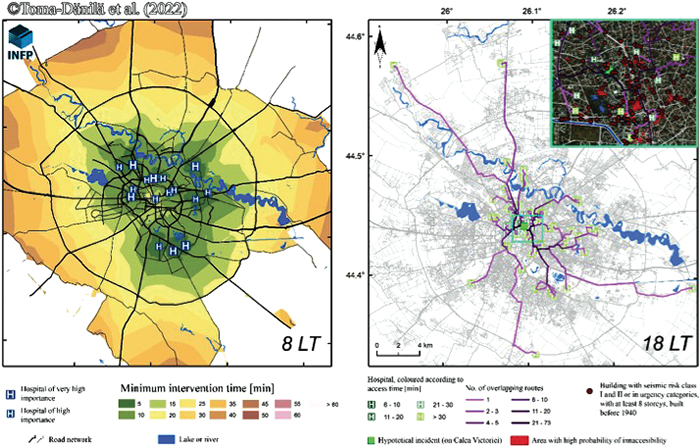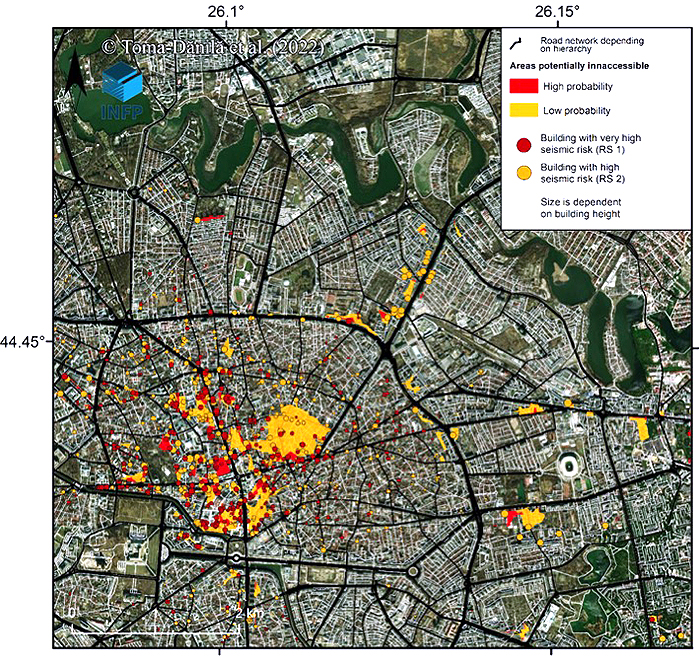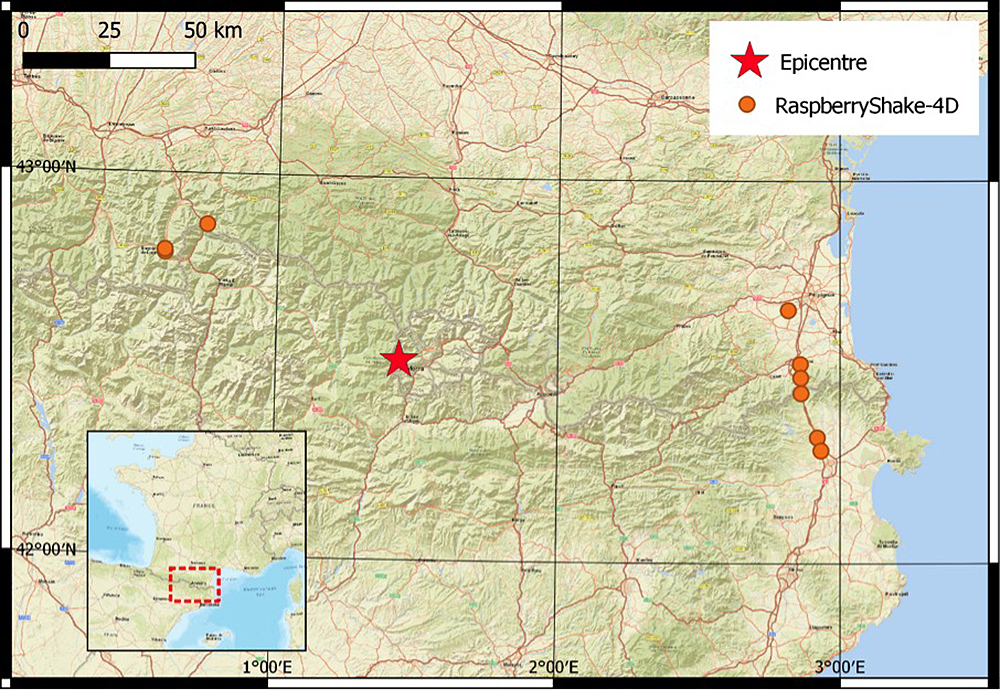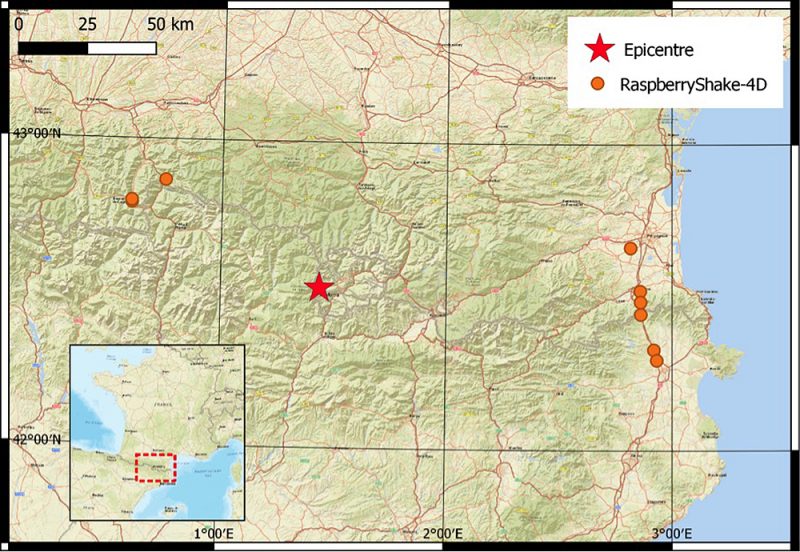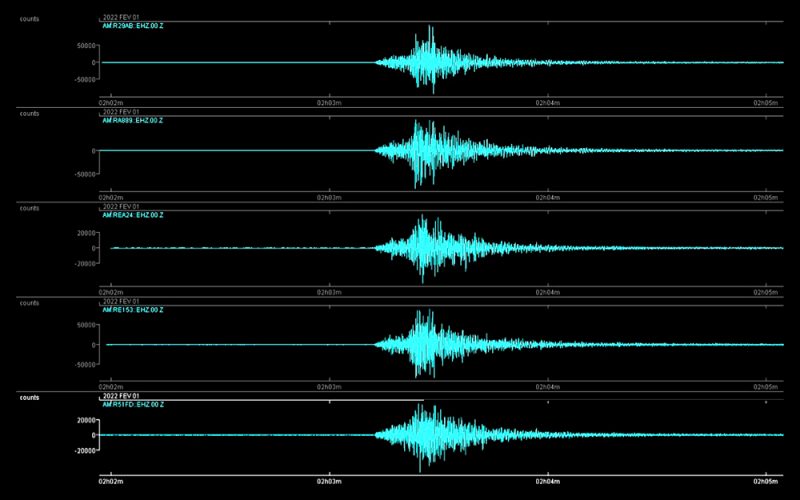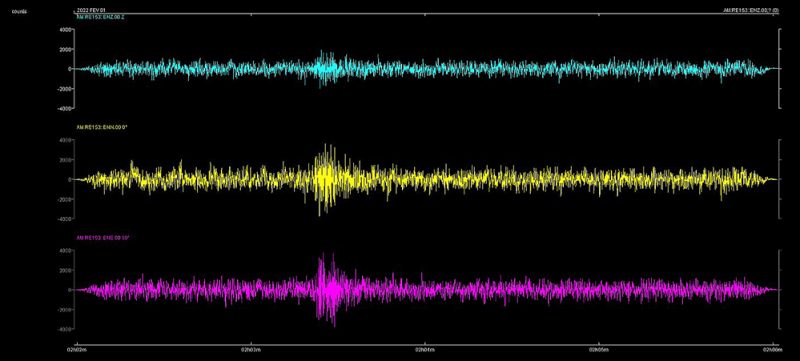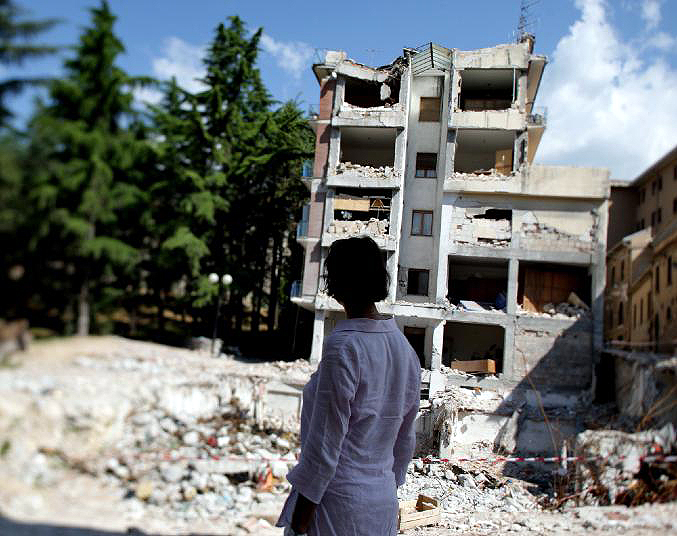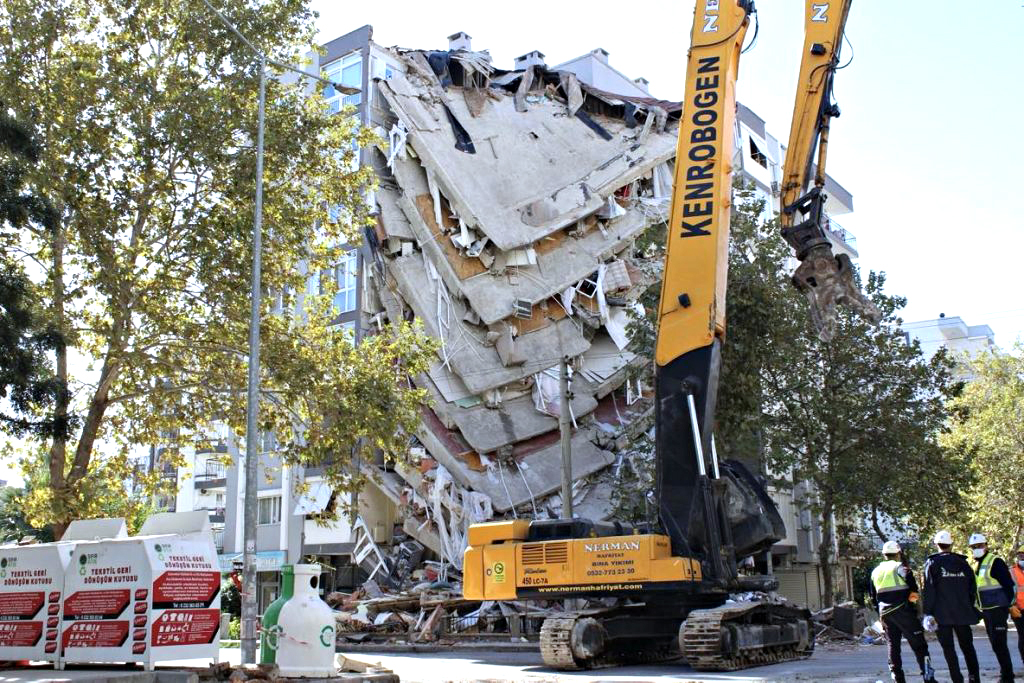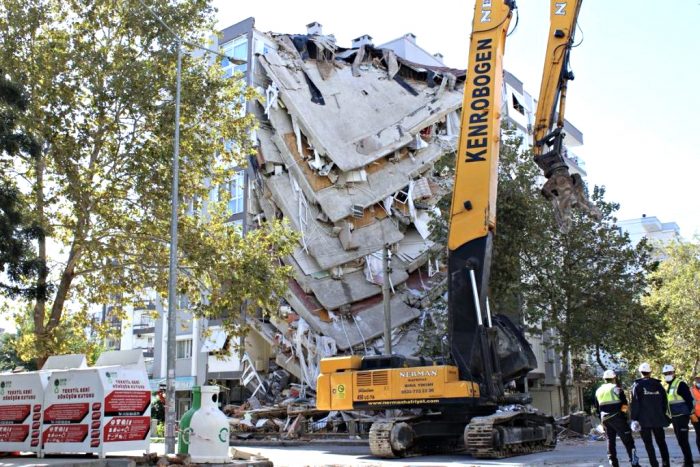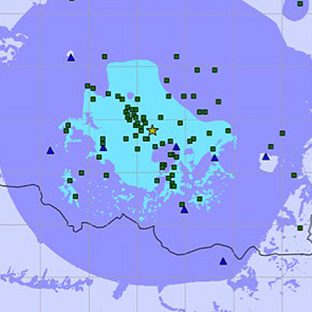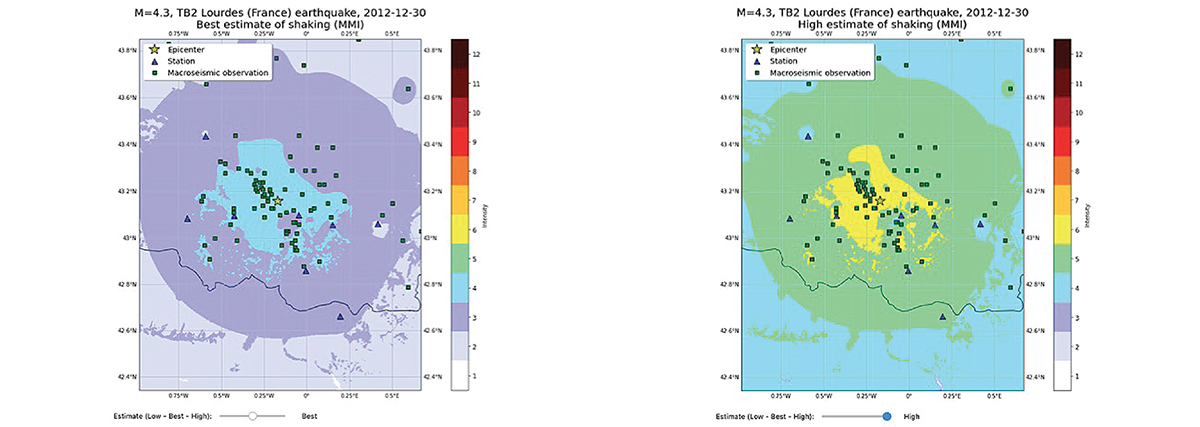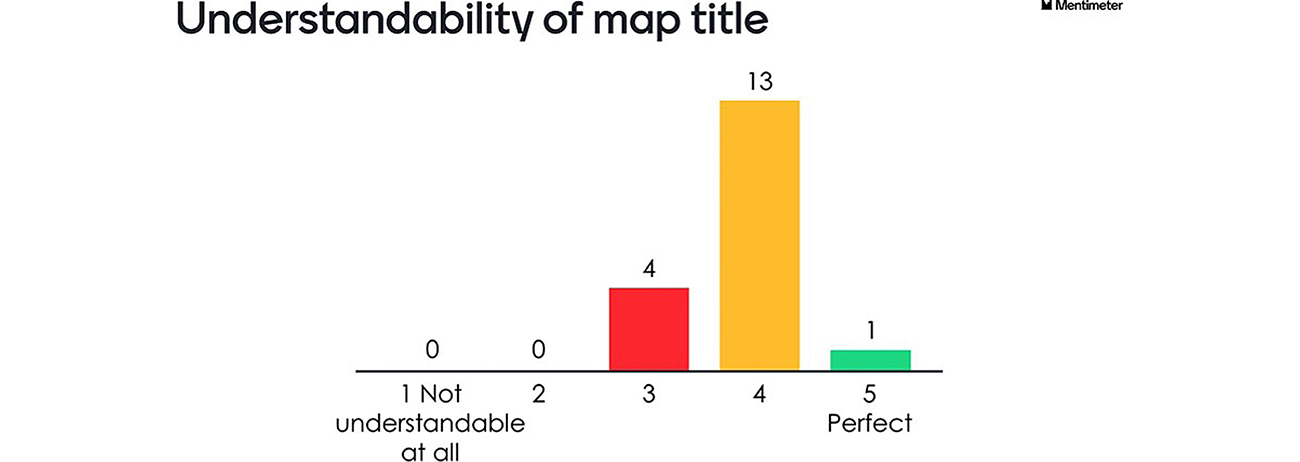Forty-five years ago, on March 4th at 21:21 local time (LT), Romania was severely shaken by the Vrancea earthquake with a moment-magnitude of 7,4, at 94 km depth. Out of 1578 casualties, 90% were in Bucharest, mainly due to the collapse of 32 medium or high-rise buildings. Nowadays, Bucharest is still under high seismic risk, as official data and recent articles show.
However, through TURNkey, Bucharest (Test Bed 1) becomes more resilient. The recently published article of Toma-Danila et al. (2022) reveals the implication of earthquakes on emergency intervention travel times, showing:
- which areas could become inaccessible due to building collapse;
- which are the implications of typical and post-earthquake traffic on travel times;
- which are the safe access routes and important hospitals in case of an earthquake.
As expected, the city center might become severely hard to reach in case of earthquake. The use of delimited tramway lines for ambulances has an important impact in reducing travel times, but not all areas benefit from these. Furthermore, an emergency hospital located in south-western Bucharest might be highly important in reducing travel times for the area. The articles provide enough solutions for better emergency reduction planning.
Under TURNkey, the seismic instrumentation of buildings in Bucharest was also boosted, five more representative buildings being instrumented. No major earthquakes occurred yet, but new articles regarding improved methodological approaches for structural health monitoring will soon be published. Also, the TURNkey platform will provide stakeholders in Bucharest an important tool for seismic risk mitigation.
Also, don’t forget that you can see Bucharest yourself, with the occasion of the 3rd European Conference on Earthquake Engineering and Seismology (3ECEES), on September 4-9, 2022. The call for contributions is still open: https://3ecees.ro/calls/
Read the new article and its data at: https://www.frontiersin.org/articles/10.3389/feart.2022.834052/full – Toma-Danila D, Tiganescu A, D’Ayala D, Armas I and Sun L (2022) Time-Dependent Framework for Analyzing Emergency Intervention Travel Times and Risk Implications due to Earthquakes. Bucharest Case Study. Front. Earth Sci. 10:834052).
